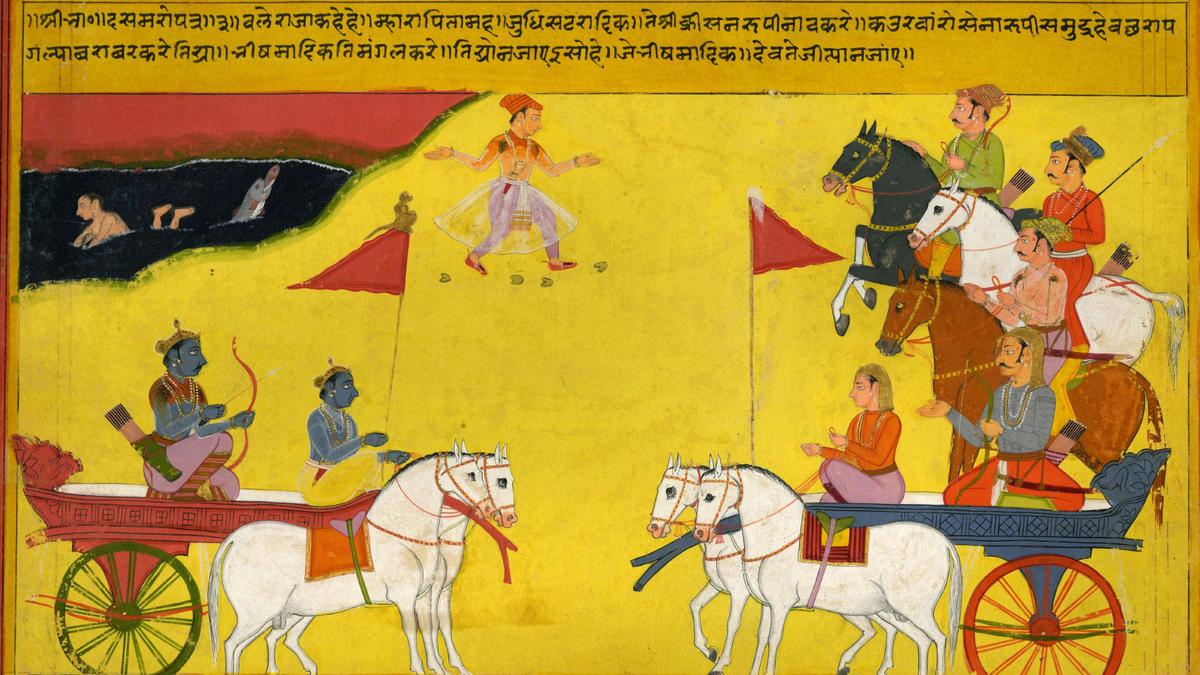
Caste tales they don’t tell us
The Hindu
It almost seems as if we are being told that there are only two castes in India today: Dalit and non-Dalit. And that is not true
Caste is a word introduced by Europeans about 300 years ago for what Indians have referred to as jati for at least 2,000 years. Today, the word caste is confused with untouchability. So, the only way a glamorous ‘woke’ television show on marriage can acknowledge caste is through a Dalit girl coming out at the time of her wedding. It almost seems as if we are being told that there are only two castes in India today: Dalit and non-Dalit. And that is not true.
ALSO READ The influence of Vikramaditya
There are over 2,000 jatis in the country. Each practises endogamy (marrying within community) and traditionally were associated with a particular vocation. Each one has a set of stories, beliefs and customs that are unique to it. Different jatis exist in different parts of India. No one has a pan-India presence. These are categorised into four groups, the classical Vedic varna system: Brahmins, Kshatriya, Vaishya and Shudra. But the mapping is highly contested.
We tend to see the Brahmin varna as a homogenous group. But within them there are multiple divisions and hierarchies. Taxonomy is fraught with tension, often landing up in courts. Is a shepherd to be seen as Vaishya or Shudra? Is a king from a peasant community to be seen as Kshatriya? Where does one locate a farmer who owns land, a farmer who does not own land, a farmer who works part time as a soldier?
Some argue that the communities deemed ‘untouchable’ are outside this four-fold varna system. They are involved in sanitation activity, which makes them too unclean to be included in mainstream society. They are avarna (without a category). Others say they are Ati-Shudra (lowest rung of the fourth category). There is no clarity. This lowest rung, known as Scheduled Caste in the Indian Constitution, constitutes 15% of India. The tribal communities, who choose life outside villages, live in forests, are the Scheduled Tribes in the Constitution, and make up another 10%. Those who identify as Brahmin constitute 5% of India. This means 70% of India does not belong to the top and bottom of the jati spectrum. They belong to thousands of communities, each with a chronicle, the Jati Purana.
Rig Veda informs us that the social organism (purusha) gave birth to Brahmins from his head, Kshatriyas from his arm, Vaishyas from his trunk/thigh, and Shudra from his feet. But the weaver communities say that their ancestor pulled out thread from the navel of Vishnu and wove clothes for the gods. Did he emerge from the feet or the head? Where do you locate he who clothes the gods themselves? Scribes say their ancestor Chitragupta, who serves Yama, predates this purusha. Metal smiths insist their ancestor, Vishwakarma, created the purusha, which grants them higher status. Thus Jati Puranas challenge popular Vedic ideas. But they are integrated with the Puranic system, as they are connected with the gods of the Maha Purana, the pan-Indian chronicles of Hinduism. This grants them legitimacy.
One Brahmin tale informs us how when the Saraswati river dried up, Vedic priests who lived on its banks were forced to migrate; they forgot many Vedic rituals in hunger. One community kept the rituals alive and survived by eating river fish. This explains why some Brahmin communities in India consume fish even today, and consider it a water vegetable, not meat. Another tale explains how Brahmins were divided on the problem of purifying Ram who had polluted himself by killing Ravana, a Brahmin. This explains the rivalry of Brahmins who live on either side of the river Sarayu, in the Gangetic plains.













